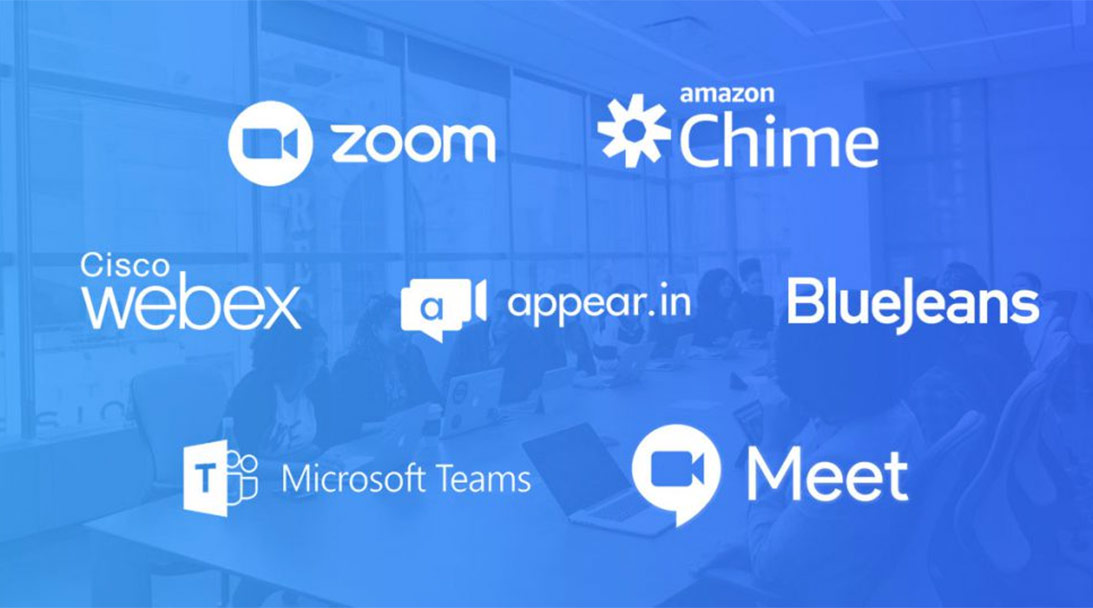What is Conferencing Software and Why is it Essential?
Conferencing software facilitates virtual meetings, presentations, and collaborative work through video, audio, and screen-sharing capabilities. It is indispensable for businesses, educational institutions, and even personal use, as it bridges physical distances and fosters engagement.
Key Features of Conferencing Software
Modern conferencing software incorporates several essential features that enhance the user experience:
-
HD Video and Audio: Ensure clear and uninterrupted communication.
-
Screen Sharing: Allows for real-time presentations and collaboration.
-
Chat Functionality: Enables side conversations or sharing links during calls.
-
Recording Options: Useful for revisiting discussions and archiving important meetings.
-
Integration with Productivity Tools: Sync with calendars, project management software, or CRM systems.CRM systems.
These features are critical for creating seamless and productive virtual interactions.
Comparing Popular Video Conferencing Software
The market is saturated with options, ranging from free video conferencing software to enterprise-level solutions. Below, we compare some of the most popular conferencing tools available.
Zoom
Zoom has become synonymous with video conferencing. Known for its user-friendly interface and flexibility, Zoom is widely used by small businesses, schools, and large enterprises.
-
Strengths: Free tier with generous features; breakout rooms; compatibility with multiple devices.
-
Limitations: Time limits on free plans (40 minutes per meeting); occasional security concerns.
Microsoft Teams
Microsoft Teams seamlessly integrates with the Microsoft Office suite, making it ideal for businesses already using tools like Outlook, Excel, and SharePoint.
-
Strengths: Microsoft video conferencing software offers robust security, collaboration tools, and seamless integration with Office 365.
-
Limitations: Limited features on free plans; more suited for businesses than personal use.
Google Meet
Google Meet is a straightforward option for those already using Google Workspace. It’s designed for simplicity and reliability, making it great for quick, hassle-free meetings.
-
Strengths: Free video conferencing software for Google users; easy integration with Gmail and Calendar.
-
Limitations: Lacks advanced features like breakout rooms or whiteboarding tools.
Cisco Webex
Cisco Webex caters to enterprise users with robust features like AI-powered meeting assistants and advanced security protocols.
-
Strengths: High-level security; AI-driven transcription; extensive meeting customization.
-
Limitations: Complexity may deter smaller businesses or individuals; higher pricing tiers.
Table: Feature Comparison of Popular Conferencing Software
|
Feature
|
Zoom
|
Microsoft Teams
|
Google Meet
|
Cisco Webex
|
|
Free Tier Availability
|
Yes
|
Yes
|
Yes
|
Yes
|
|
HD Video Quality
|
Yes
|
Yes
|
Yes
|
Yes
|
|
Breakout Rooms
|
Yes
|
No
|
No
|
Yes
|
|
Integration with Other Tools
|
Moderate
|
High (Office 365)
|
High (Google Workspace)
|
High (Enterprise Tools)
|
|
Security Features
|
Moderate
|
High
|
Moderate
|
High
|
Why Free Video Conferencing Software May Be Enough for Some Users
While premium options offer a wealth of features, free video conferencing software can be sufficient for smaller teams, startups, or occasional users. For instance, Google Meet’s free tier provides unlimited calls under one hour, while Zoom’s free plan offers robust functionality for casual users. It’s important to evaluate your needs carefully before opting for paid plans.
How Conferencing Software Enhances Productivity
Conferencing software is more than just a tool for virtual meetings—it’s an enabler of productivity.
Streamlined Communication
By offering instant video calls, screen sharing, and real-time chat, conferencing software eliminates the need for lengthy email threads or in-person meetings, saving time and improving collaboration.
Improved Decision-Making
Features like recording and transcription ensure that key points from meetings are documented and easily accessible, enabling better decision-making processes.
Integration with Other Tools
The best video conferencing software integrates seamlessly with productivity apps, calendars, and project management tools, consolidating workflows and reducing friction in communication.
Addressing Security Concerns
As conferencing software handles sensitive information, security is paramount.
Data Encryption
Most popular video conferencing software, including Microsoft Teams and Cisco Webex, employs end-to-end encryption to protect user data during calls.
Access Controls
Tools like Zoom and Webex allow hosts to set passwords and restrict meeting access, ensuring only authorized participants can join.
Regular Updates
Software providers regularly roll out updates to address vulnerabilities, making it crucial for users to keep their conferencing tools up-to-date.
Frequently Asked Questions
Is free video conferencing software secure enough for business use?
Free video conferencing software often includes basic security features like encryption and password protection. However, businesses handling sensitive information may benefit from premium options with advanced security protocols, such as those offered by Cisco Webex or Microsoft Teams.
What should I look for when choosing web conferencing software?
Key considerations include ease of use, integration capabilities, security features, and pricing. For instance, Microsoft Teams is ideal for businesses already using Office 365, while Zoom’s free tier is suitable for individual users or small teams.
Can conferencing software integrate with project management tools?
Yes, many conferencing tools integrate with software like Asana, Trello, and Slack. This allows for streamlined workflows and easier team collaboration.
How do I ensure my video conferencing software is secure?
To maximize security, choose software with strong encryption, use passwords for meetings, and regularly update your software to patch vulnerabilities.
Does conferencing software work well for remote learning?
Absolutely. Tools like Zoom and Google Meet are widely used for virtual classrooms due to features like screen sharing, breakout rooms, and recording options.
Conferencing software has transformed the way we communicate, offering unparalleled convenience and flexibility. By evaluating features, security, and integration capabilities, users can choose the software that best meets their needs, whether for personal use, business meetings, or educational purposes.

